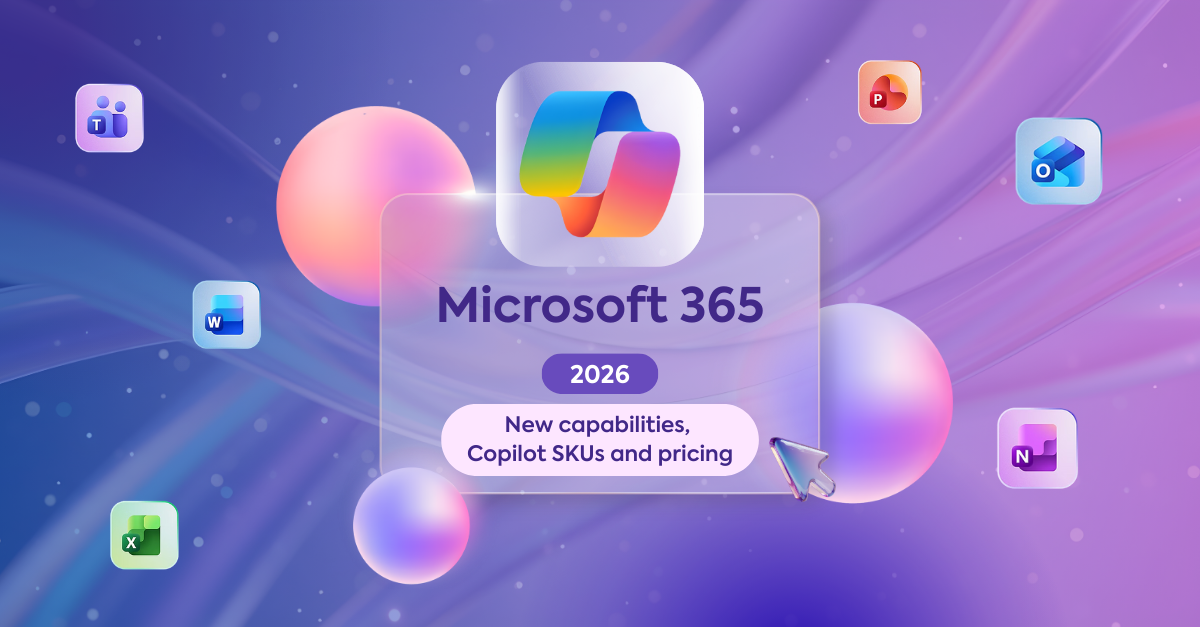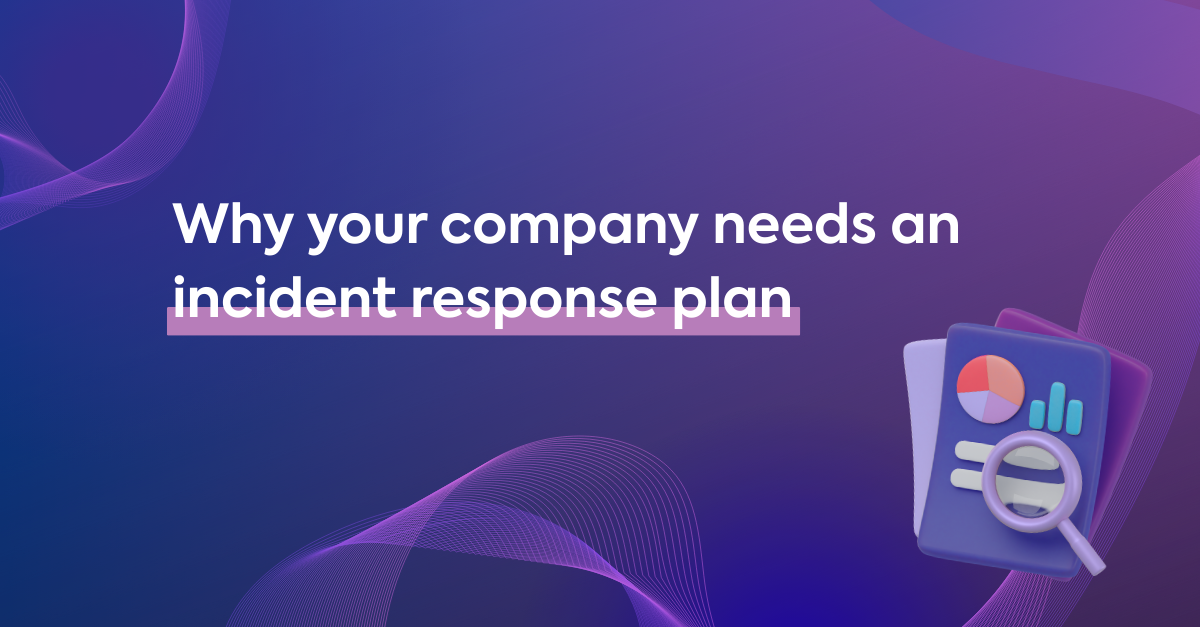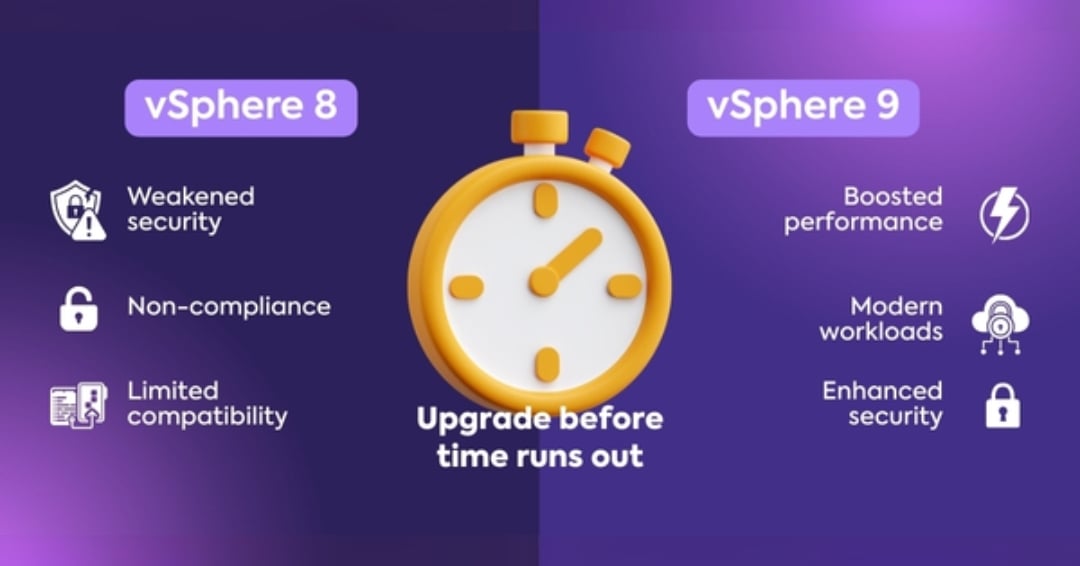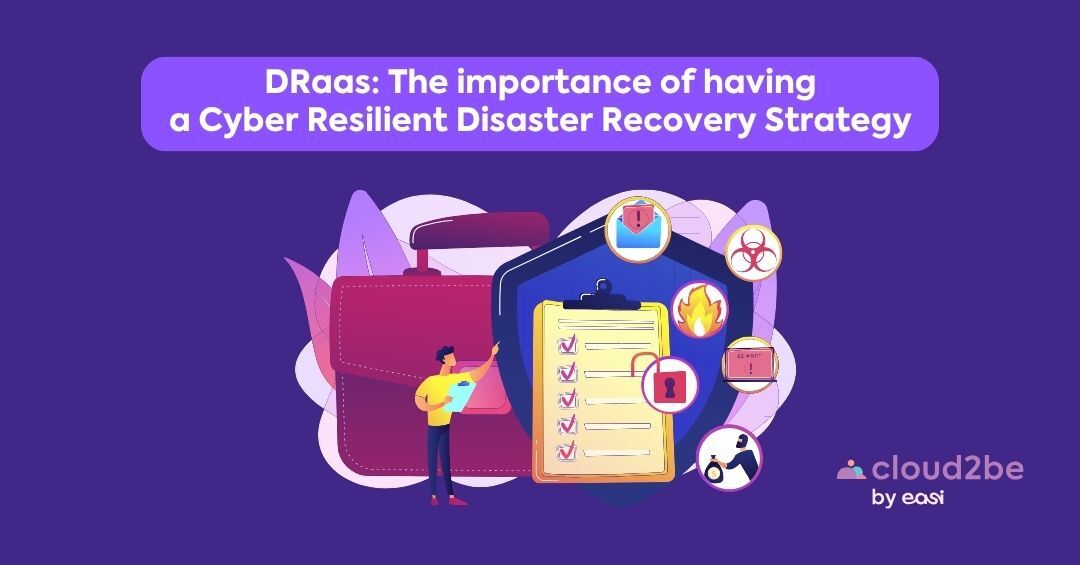These are 3 lifesavers when you are talking about keeping your IBM i infrastructure up to date.
1. IPL for IPL sake
IBM i does not require a regular IPL in order to run smoothly. In fact in most cases it is contra productive. You loose the Plan Cache and all Materialized Temporary Indexes (MTI), resulting in degraded database performance.
Yes, restarting an application using Java Virtual Machines (JVM) in most cases benefits from a restart of the JVMs, but that can be achieved by only restarting the application.
The reasons to use IPL are:
- when you want to apply Program Temporary Fix or PTFs who do require an IPL in order to get applied
- when maintenance requires you to do so
2. Run the command Reclaim Storage as part of normal maintenance
Running the command RCLSTG is only required when:
- when IBM support tells you to run it
- when the upgrade preparation process for a release upgrade tells you to
- when the report of the PRTDSKINF shows you a high percentage for NOLIBRARY. Meaning you have disk space consumed by data which can not be pinpointed to a specific object.
Did you know that part of what the command RCLSTG used to do (cleaning of floating objects, etc.), is now also done by the command RTVDSKINF?
3. If it ain't broken don't fix it
"Do not patch the system if it is running fine." is by far one of the biggest mistakes made today. Fed by the fact that IBM is a really stable environment, a lot of people believe that if their system is running fine, it will continue to do so in the future.
This might be true if the use of their system is frozen, but people forget they 'adjust' their system along the way, and that the amount of records in a file keeps changing every day.
Issues can start to pop up, seemingly, out of nothing.
Once too often I have seen PTF's not on the system, solving issue in IBM i which could have been avoided if IBM had been kept more up-to-date.





